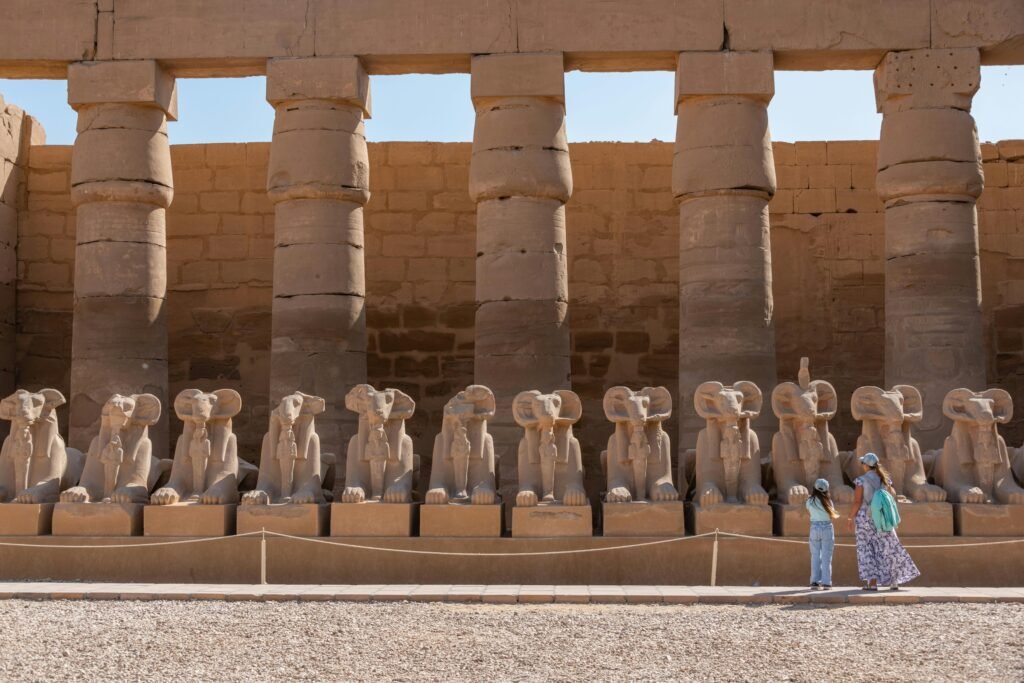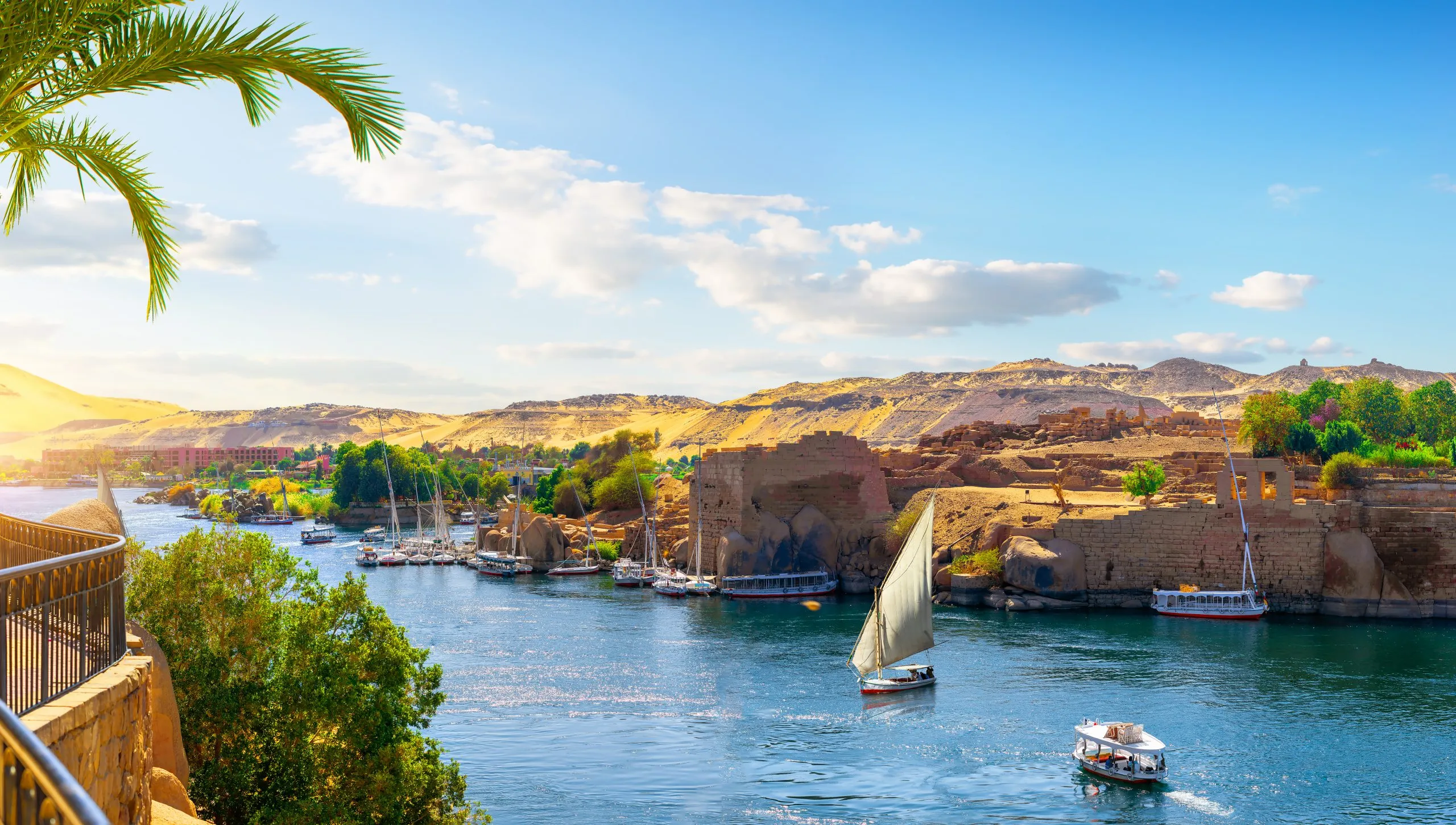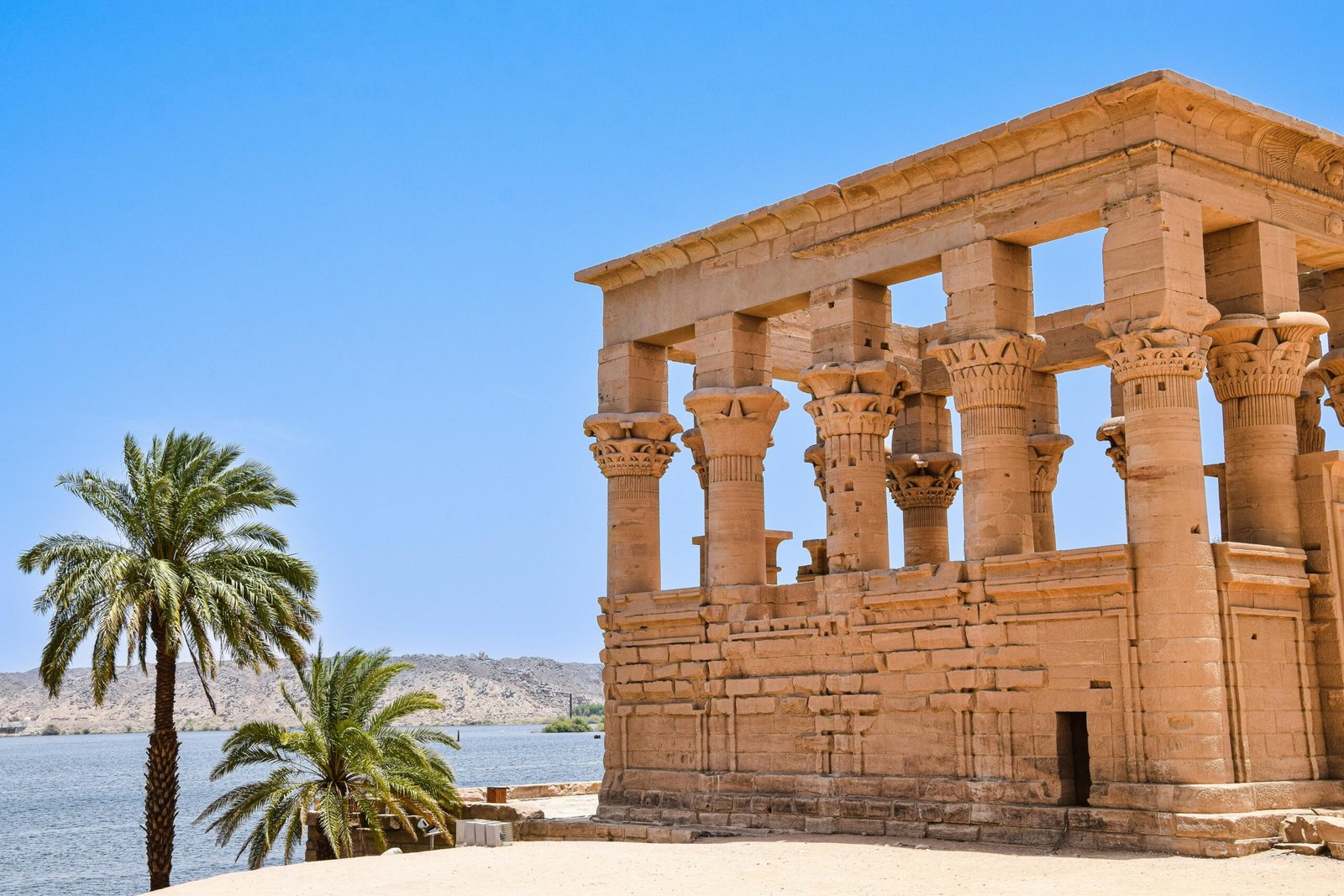This post contains affiliate links. If you click on them and make a purchase, I may earn a small commission at no extra cost to you. Thank you for supporting the blog!
Exploring Ancient Egypt: A Journey Through Time
Ancient Egypt, a civilization that emerged along the fertile banks of the Nile River, stands as one of the most fascinating and enduring legacies in human history. Renowned for its remarkable advancements in architecture, art, and governance, Ancient Egypt has captivated historians, archaeologists, and travelers alike for centuries. This extraordinary civilization thrived from around 3100 BCE until its conquest by the Romans in 30 BCE, marking a significant period in the development of human culture and societal structure.
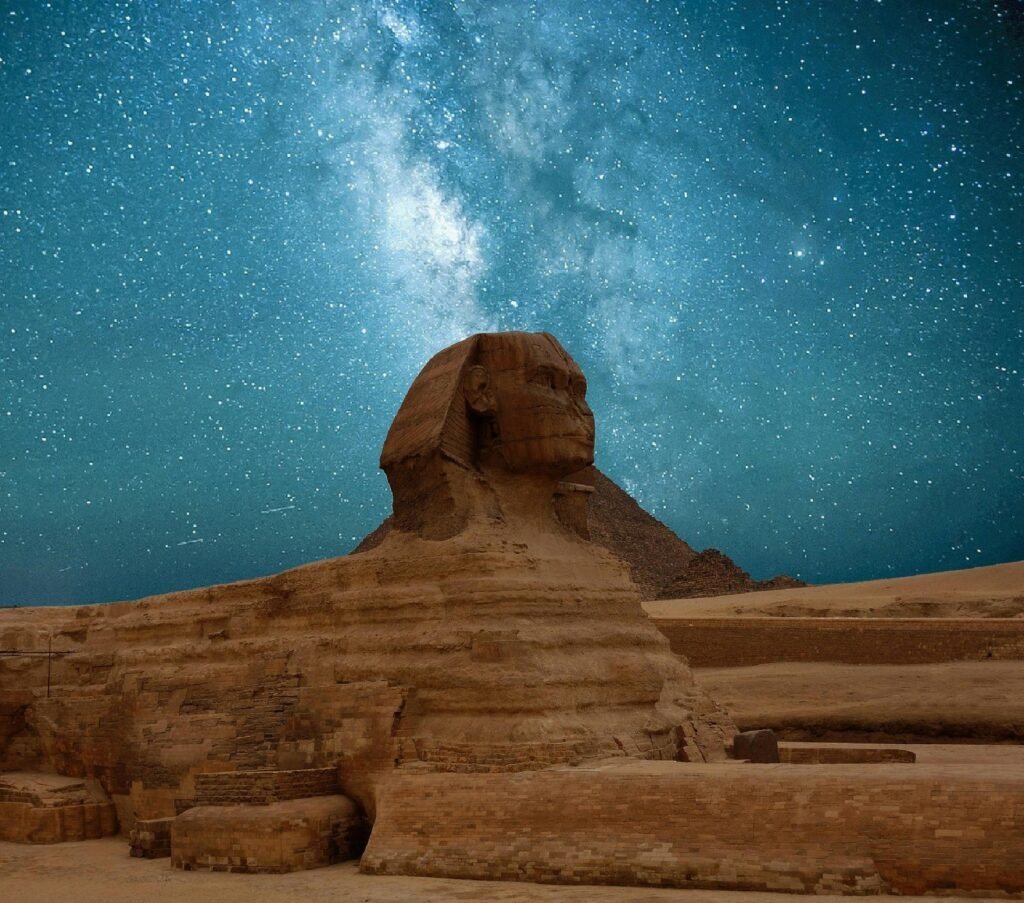
The cultural richness of Ancient Egypt is evident through its iconic landmarks, such as the Great Pyramids of Giza, the Sphinx, and temples that feature intricate hieroglyphs and breathtaking sculptures. These architectural feats not only serve as a testament to the Egyptians’ engineering prowess but also reflect the spiritual practices and social organization of the time. Each structure was designed with purpose, often aligning with celestial bodies or reflecting the cultural practices and understanding of the time, providing insight into Ancient Egyptian life and society.
Traveling to ancient sites offers an unparalleled opportunity to immerse oneself in the past. Visitors can explore the grandeur of Karnak Temple or take in the haunting beauty of the Valley of the Kings, where many pharaohs were laid to rest with their treasures. Such experiences provide an intimate connection to this bygone era, allowing travelers to appreciate the complexities surrounding daily life and politics in Ancient Egypt. Beyond the physical sites, the allure of this its rich mythology, ancient rituals, and the complex legacy of its rulers.
As we delve deeper into the must-visit destinations and activities within this remarkable land, it becomes clear that Ancient Egypt’s contributions to civilization extend far beyond its pyramids. Each location narrates a unique story, infusing travelers with a greater understanding and appreciation of this incredible chapter in world history.
The Great Pyramids of Giza
The Great Pyramids of Giza stand as monumental testaments to Ancient Egypt’s architectural prowess and cultural significance. Among these structures, the Great Pyramid of Khufu, also known as the Pyramid of Cheops, is not just the largest but also the oldest of the three. Constructed during the Fourth Dynasty around 2580–2560 BC, it originally stood at approximately 146.6 meters tall and was meticulously aligned with the cardinal points of the compass, showcasing the advanced knowledge of geometry and astronomy possessed by the ancient Egyptians. The pyramid’s base covers about 13 acres, making it a sight to behold in its expansive desert setting.

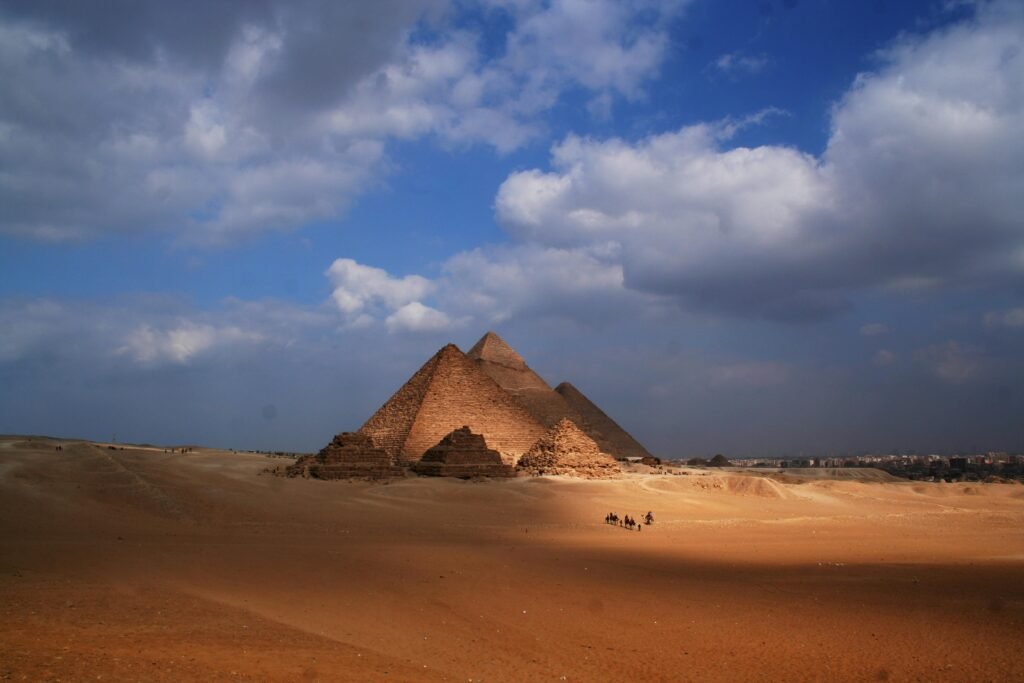
Adjacent to the pyramids is the iconic Sphinx, a limestone statue with the body of a lion and the head of a pharaoh, which many believe to be a depiction of Khafre, a ruler from ancient Egypt. This enigmatic figure has captivated historians and visitors alike, with theories surrounding its purpose and the symbolism embedded within its design. The Sphinx, shrouded in mystery and lore, adds a compelling narrative to the exploration of Giza.
Visiting the Great Pyramids can be an enriching experience if approached thoughtfully. It is advisable for tourists to begin their exploration early in the day to avoid heat and crowds. Guided tours are highly recommended, as they provide historical context and insights that enhance the visit. Camel rides around the pyramids offer a unique perspective and are a fun way to experience the vastness of the area. Don’t miss a trip to the adjacent Solar Boat Museum, where you can view a reconstructed ancient Nile river vessel that exemplifies the engineering ingenuity of the time. Engaging with these sites ensures that visitors gain a deeper appreciation for the grandeur and legacy of Ancient Egypt’s architectural marvels.
Luxor: The World’s Greatest Open-Air Museum
Luxor, often hailed as the center of Ancient Egyptian civilization, is a treasure trove of remarkable archaeological sites and historical significance. Considered the world’s greatest open-air museum, its landscape is dotted with remnants of a glorious past, including temples, tombs, and monuments that once formed the heart of the ancient kingdom. Among its most significant attractions is the Valley of the Kings, the prestigious burial site of pharaohs, including the famed Tutankhamun. This valley housed over 60 tombs, each adorned with exquisite hieroglyphs and intricate wall paintings, which provide invaluable insights into the beliefs and practices of the ancient Egyptians.
Just next to this incredible historical site is the Karnak Temple Complex, a vast collection of temples that once served as a center for ancient Egyptian religious life. Spanning more than 200 acres, Karnak features massive columns, towering obelisks, and extensive hieroglyphic inscriptions that narrate the achievements of various pharaohs. Walking through this vast complex, visitors cannot help but be awed by the architectural genius of the ancient builders and the scale of their endeavors.
Another highlight in Luxor is the Luxor Temple, which is intricately linked to the famous Opet Festival, an annual celebration that honored Amun-Ra. This temple showcases remarkable statues and a magnificent avenue of sphinxes that connect it to Karnak, creating a pathway steeped in history and culture. Beyond exploring these ancient sites, tourists can indulge in various activities that enhance their experience in Luxor. Hot air balloon rides offer a breathtaking view of the Nile and the surrounding landscape at dawn, providing a unique perspective of the ancient monuments. Additionally, felucca sailing along the Nile is a peaceful way to soak in the scenery and listen to the gentle lap of water against the boat as the sun sets, capping off an unforgettable day in this historic city.
Aswan: The Land of the Nubians
Aswan, located in the southern region of Egypt, holds a unique charm that captures the essence of both ancient and contemporary cultures. This picturesque city serves as a gateway to some of Egypt’s most significant historical sites and offers visitors a chance to engage with the rich heritage of the Nubian people. A standout attraction in Aswan is the Philae Temple, which is dedicated to the goddess Isis. This temple complex not only showcases exquisite ancient Egyptian architecture but also highlights the significance of Isis in the spiritual lives of the ancient peoples, making it a must-visit for anyone exploring Aswan.
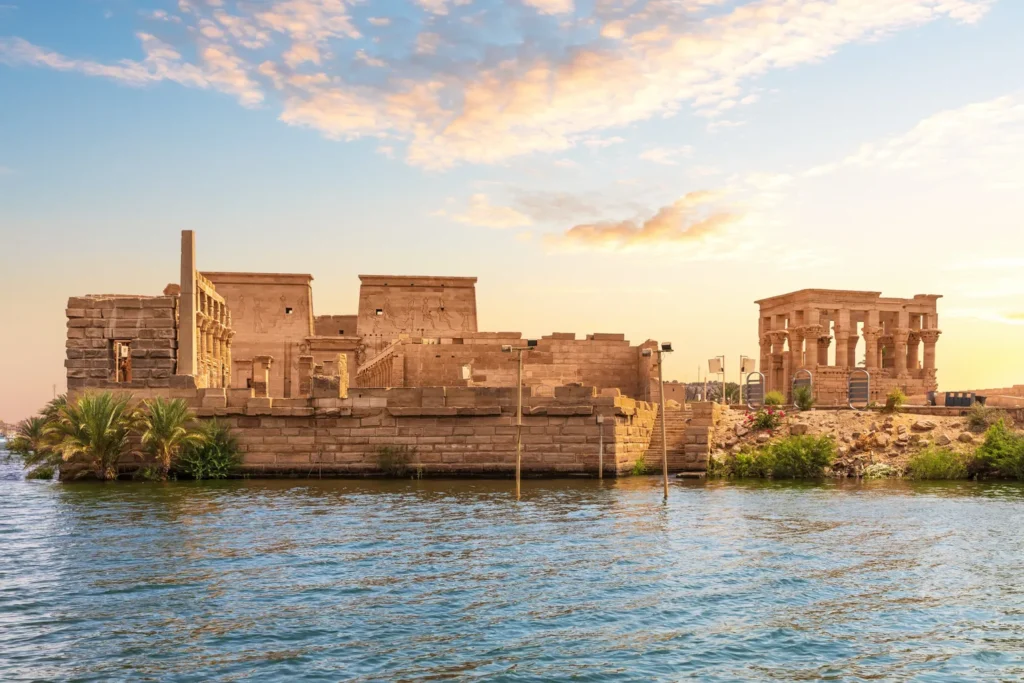
Aswan, located in southern Egypt, is home to iconic landmarks like the Philae Temple and Abu Simbel. Known for its rich Nubian heritage and strategic location along the Nile, it offers a unique glimpse into Egypt’s ancient past and cultural significance.
Another remarkable site is the Abu Simbel, renowned for its majestic temples carved into the mountains by Ramses II. These colossal structures, intended to impress and intimidate, embody the grandeur of ancient Egypt. Visitors can marvel at the impressive façades and learn about the historical context of these temples, including their relocation during the construction of the Aswan High Dam. The dam itself represents a feat of modern engineering, vital for controlling the Nile River’s flooding and generating hydroelectric power, which has had a profound impact on Egypt’s development.
Beyond monumental structures, Aswan offers cultural experiences that allow visitors to connect with the local population. A visit to Nubian villages provides insight into the traditions and lifestyles of the Nubian people, fostering appreciated for their colorful dwellings and rich history. Additionally, excursions on the Nile using a Nilometer present opportunities for guests to experience the river’s importance to ancient Egyptians. Such activities enhance the overall experience in Aswan, creating a bridge between the past and present that captivates all who venture to this enchanting land.
Conclusion: Embracing the Mystique of Ancient Egypt
In reflecting upon the rich tapestry that is Ancient Egypt, it is evident that this remarkable civilization offers an unparalleled journey through time. From the majestic pyramids that stand as lasting testaments to human ingenuity to the intricate temples adorned with hieroglyphs echoing untold stories, each destination provides a profound insight into the life and culture of the Egyptians. Visitors have the unique opportunity to explore the monuments and tombs of ancient Egypt, gaining a deeper understanding of the civilization’s achievements and its impact on history.
Exploring the Valley of the Kings, visitors can learn about the tombs of the ancient Egyptian rulers and gain insight into their cultural practices surrounding death and burial. The sprawling city of Luxor, often referred to as the world’s greatest open-air museum, invites travelers to witness the grandeur of history through its well-preserved monuments. Each moment spent in these extraordinary locations serves not just as an encounter with architecture or art, but as an immersive experience into the heart of a civilization that has inspired awe for millennia.
Moreover, it is essential to appreciate the stories and cultures that enrich the narrative of Ancient Egypt. Interacting with local guides who share their knowledge can really bring the history to life, offering insights into everyday life and historical events that you won’t find in textbooks.

